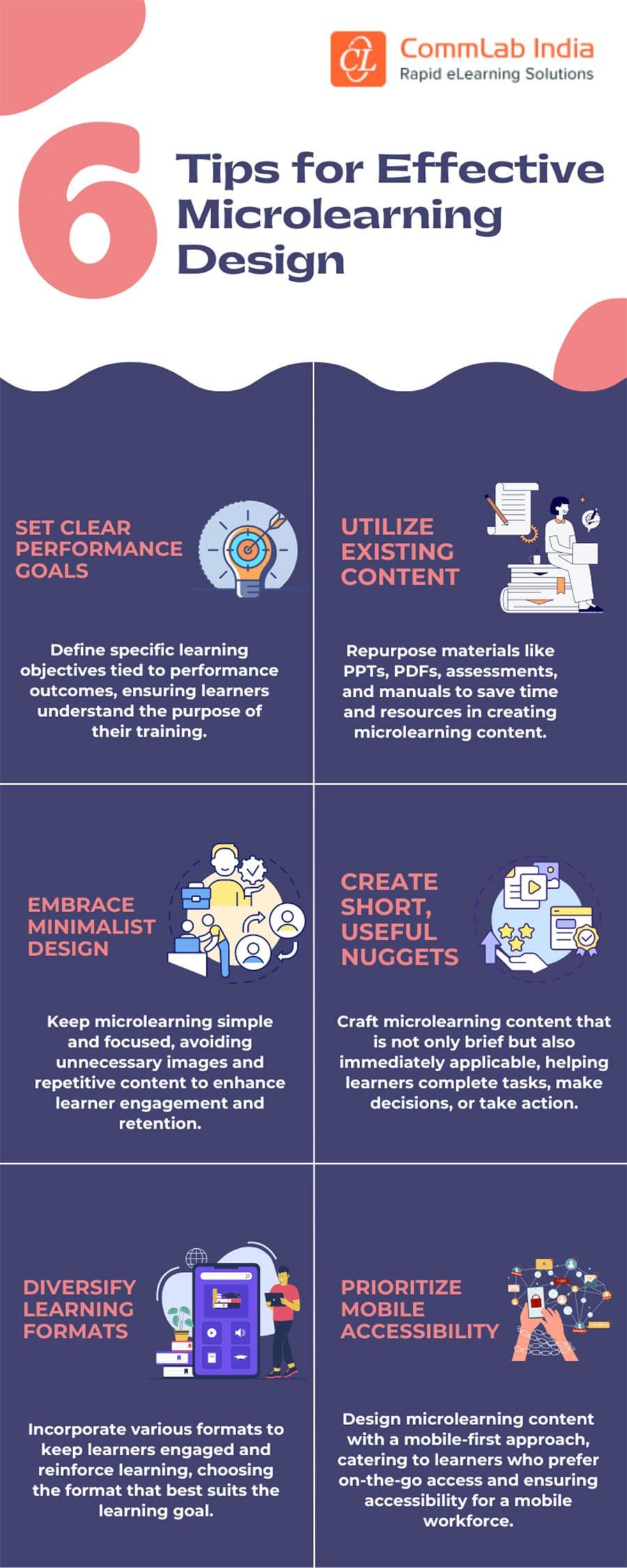How to Design Effective Microlearning Modules: Proven strategies for Engaging Short-Form Training
Microlearning is revolutionizing workplace training. As organizations strive to deliver bite-sized, high-impact learning experiences, designing effective microlearning modules becomes essential for knowledge retention and employee engagement. In this comprehensive guide, we’ll explore proven strategies for creating engaging, short-form training materials, delve into the main benefits of microlearning, offer practical tips, and provide real-world examples to help you transform your training programs.
What Are Microlearning Modules?
Microlearning modules are short, focused learning experiences designed to address specific skills or knowledge areas in under 10 minutes—sometimes even as brief as a minute or two. Leveraging digital platforms, LMS systems, and eLearning technologies, microlearning is perfect for delivering training on-demand and just-in-time to busy learners.
- Short Duration: Typically 2-10 minutes, ensuring rapid consumption.
- Laser-Focused: One learning objective per module for maximum effectiveness.
- Mobile-Friendly: Designed for smartphones and tablets to facilitate learning anywhere, anytime.
- Interactive: Often includes multimedia, quizzes, scenarios, and gamification.
Benefits of Microlearning
Before diving into design strategies, let’s review the core advantages of microlearning modules:
- Improved knowledge Retention: Short learning units minimize cognitive overload and reinforce memory.
- Increased Engagement: Bite-sized content is easier and more enjoyable to digest.
- On-Demand Access: Learners can revisit modules anytime to reinforce skills or knowledge.
- Scalable & Consistent: enables uniform training across large, distributed teams.
- Cost-effective: Faster creation and updating compared to traditional courses.
Proven Strategies to Design Effective Microlearning Modules
Creating microlearning modules that truly engage and educate requires intentional instructional design. Here’s how you can create short-form training that works:
1. Define Clear, Single Learning objectives
- Focus each microlearning module on one skill or concept.
- Keep objectives SMART (Specific, Measurable, Achievable, Relevant, Time-bound).
- Communicate the benefit and relevance to the learner upfront.
2. Prioritize Mobile-Responsive design
- Use vertical video or layouts for optimal viewing on smartphones.
- Employ large buttons, readable fonts, and intuitive navigation.
- Leverage push notifications or reminders to boost completion rates.
3. Enhance Interactivity and Engagement
- Include quizzes, polls, and scenario-based questions.
- Incorporate drag-and-drop activities,branching scenarios,or quick simulations.
- Use gamification: badges, leaderboards, or progress tracking to motivate learners.
4. Incorporate Multimedia Elements
- Balance text, images, videos, and infographics to support different learning styles.
- Create animated explainer videos for abstract concepts.
- Utilize audio narration for accessibility and engagement.
5. Chunk Content Effectively
- Break complex topics into separate modules for easier understanding.
- Provide micro-assessments after each chunk to reinforce learning.
6. Contextualize Learning with Real-World Scenarios
- Use workplace examples and case studies the learner can relate to.
- Encourage immediate request by connecting modules to actual tasks.
- Provide quick ‘how-to’ guides or checklists for reference.
7. Enable Self-Paced and Just-in-time Learning
- Allow learners to choose when and what to learn based on needs.
- Organize modules in searchable playlists or libraries.
8.optimize for Quick updates and Iteration
- Design content in reusable templates to easily modify outdated material.
- Gather learner feedback to refine and improve modules continuously.
Practical Tips for Microlearning Success
Use these actionable tips to ensure your microlearning training drives lasting impact:
- Start with Needs Analysis: Survey your learners to discover real skill gaps and align content accordingly.
- storyboard Each Module: Plot the learner journey visually for consistency and clarity.
- Test on Multiple Devices: Validate module functionality and appearance on desktops, tablets, and phones.
- Include Immediate Feedback: Let learners know what they got right or wrong after assessments.
- Avoid Cognitive Overload: Limit the amount of new information per module to three key points.
- Use Call-to-Actions: Encourage next steps, such as “Apply this now” or “Complete your checklist.”
- Track completion and Outcomes: Use LMS analytics to measure engagement and performance improvements.
Case Studies: Microlearning in Action
A Retail Chain’s Rapid Training Rollout
A nationwide retail brand deployed microlearning modules via mobile to train seasonal staff. The modules featured three-minute videos, short quizzes, and role-playing scenarios. Results:
- 75% faster onboarding time
- 30% increase in retention rates
- Staff reported higher confidence in product knowledge
Healthcare Compliance Training
Facing continual compliance updates, a hospital replaced traditional courses with microlearning bursts. Nurses could access five-minute lessons via tablets during breaks. Key outcomes:
- Increased training completion by 50%
- Reduced disruption to patient care workflows
- Consistent compliance across distributed teams
Tech Company Reinforcing Product Knowledge
A SaaS firm used daily microlearning emails with interactive tutorials to keep sales reps updated on product features. The campaign led to:
- Higher sales conversion rates
- Improved product demo performance
First-Hand Experiance: Implementing Microlearning in L&D
As a learning and development specialist, I’ve seen remarkable results from switching to microlearning modules. Employees appreciate the versatility and relevance:
“Before microlearning, our compliance training was seen as a chore. After switching to bite-sized, interactive modules, completion rates soared—and feedback turned positive almost overnight.”
Based on learner feedback, modules incorporating real-world scenarios and instant feedback have been the moast popular. Iterative improvements and learner surveys also led to continuous content enhancements.
Conclusion: Elevate Your training With Engaging Microlearning Modules
Microlearning modules offer a modern, effective way to deliver training that is engaging, quick, and impactful. By following proven instructional design strategies—like focusing on single objectives, prioritizing interactivity, leveraging multimedia, and contextualizing content—you’ll create learning experiences that foster skill mastery and real workplace performance.
Start by identifying your learners’ needs, chunk intricate information into manageable pieces, and make use of digital tools and analytics.As training continues to evolve, mastering microlearning design will be key to keeping your workforce agile, motivated, and ready for tomorrow’s challenges.
Ready to revamp your training strategy? Begin with microlearning modules and experience the benefits of engaging, short-form training—all while boosting retention and performance across your organization.

